Insights
The changing landscape of Insurance in India
Busting myths about the Indian Insurance market
Insurance is a crucial but often misunderstood financial solution in the industry. It is perceived as a product largely purchased by consumers in larger cities, while needing a constant push for acceptance in smaller towns. In the recent past, however, as new-age digital transaction ecosystems proliferated, Insurance and other financial products have become more accessible to everyone. Moreover, a few simple taps on a smartphone are all it takes to get an Insurance policy, thus changing the Insurance landscape as we know it.In this month’s Pulse insight, we explore some myths around Insurance and debunk them using the PhonePe data.
Myth 1 - Big cities are the biggest markets for Insurance
Since metro cities are perceived as being more developed, and in some cases they also have a higher population, the popular perception is that a majority of Insurance policies are purchased by metro residents. As per the PhonePe Pulse data, a whopping 77% of all Insurance purchased on PhonePe is from non-metro cities.The non-metros having such a significant share of the Insurance market proves that Indians understand the importance of Insurance and are comfortable enough to buy it through a reliable mobile app without the intervention of an agent at every step of the process.
The other assumption would be that this number may be true for simple Insurance products like an Accident cover or a Two-wheeler cover. However, 67% of all sales for Aarogya Sanjeevani are from non-metro cities. Similarly, 80% of 1-year Term Life and 76% of Endowment plans are purchased from non-metros, indicating that the non-metros hold on to a significant market share of Health as well as Life Insurance - two of the biggest Insurance products in the industry.

Myth 2 - Insurance buyers only look at price while selecting the right plan
PhonePe serves Insurance customers in more than 22.5K postal codes in the country with Motor Insurance penetration in nearly all of the 1220 RTO jurisdictions in the country. Based on the data thus collected, we found that while pricing is definitely a key factor, it does not take priority over other aspects of an Insurance policy.In the case of Two-wheeler Insurance, for instance, PhonePe users are willing to choose a Comprehensive cover over a Third-party cover although the former is 10-15% more expensive. A similar trend can be observed with Car Insurance as well. This proves that users pick what’s best for them and are willing to pay more.
Myth 3 - Indians are not aware of the benefits of Insurance
A common myth when it comes to Insurance offerings is that Indians need to be convinced a great deal to buy Insurance. However, with Covid Insurance - a new offering introduced on PhonePe last year - we found that when there is a clear need, users do not need convincing to buy it.As per the PhonePe Pulse data, 2.5X policies were sold in August 2020 - since the product’s launch in March 2020 - indicating a significant spike within the first three months of the product being rolled out. Added to this is the fact that 71% of Covid Insurance buyers on PhonePe were from non-metro geographies further proving that Indians understand Insurance and are willing to buy it when there is a need.
Moreover, when news about the second wave of Covid began to do the rounds, Indians had the foresight to buy Covid Insurance beforehand. 85% of Covid Insurance users on PhonePe purchased the cover before Feb 2021, much before the rise in cases in April 2021.